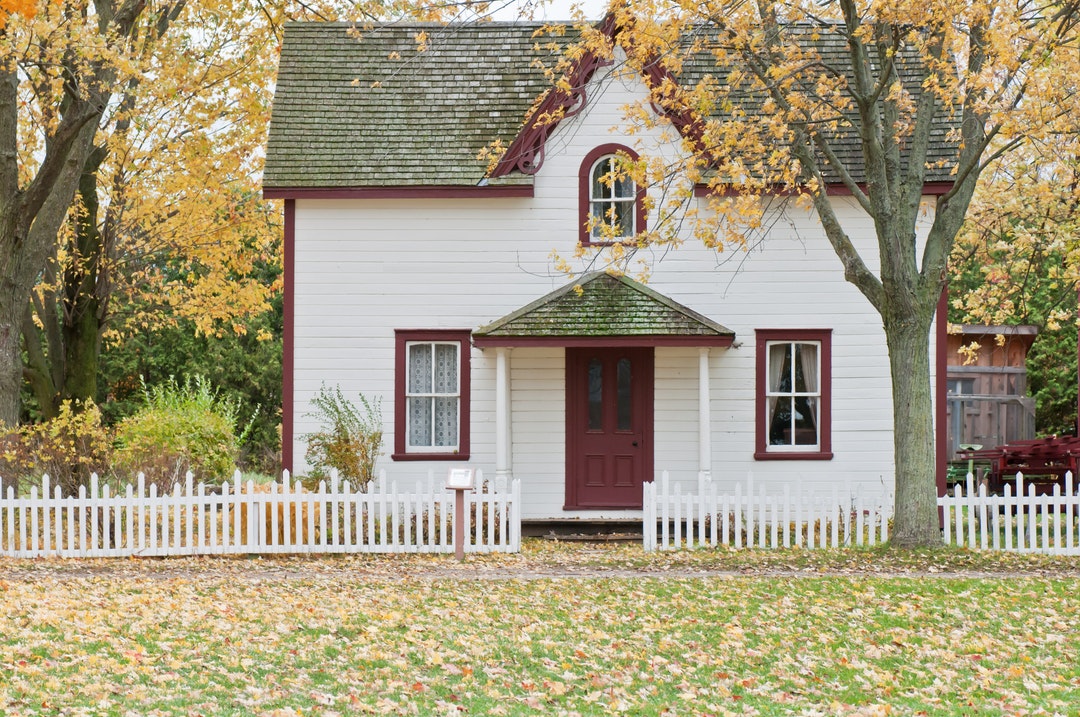With certain home additions costing upwards of $100,000, you may not know if it’s better to add that extra room or jump ship now and invest in a larger home. But if you’ve spent years creating the perfect home full of great memories, you may be tempted to stay.
Luckily, not all home additions have to cost so much. The price will vary based on the size and type of room you want to add as well as a few other factors, like where you live and how much contractors in your area charge.
While an addition will come with a hefty price tag, there are a few things you can do to make it more affordable.
Do you want to know how? Keep reading to discover our tips for planning a home addition that won’t break the bank.
Consider Your Budget
As with any large project, the first thing you’ll want to do is create a budget.
You’ll likely want to break your budget down into small categories, like construction, materials, furniture, and flooring. This way, you can better keep track of how much money you have to spend on each item. If you go over in one area, you know you’ll have to cut back on another.
Many builders offer free consultations, so take advantage of this. This is a great way to get an idea of how much you should be expecting to pay and how you can cut costs.
You’ll also want to consider the additional costs you’ll incur when your addition is finished. Your property taxes, utility bills, and home insurance will likely all increase.
Decide If You Really Need It
You likely thought about an addition because your family was feeling a little cramped at home. But there could be alternatives available right under your nose.
Do you have a basement or large attic that could be finished? Is there a spare room that can be converted into something more useful? Could you simply knock down a wall between a cramped room and a neighboring room you don’t really use?
As it turns out, your home addition idea may not require an addition at all. If you’re currently using a basement, attic, bedroom, or bonus room for storage, consider decluttering it and reconsider where you store things. You’d be surprised at just how much room you can open up by getting rid of things you no longer use.
Talk to City Hall
If you do decide a home addition is the right option for you, your next step will be to talk to city hall. Many cities have restrictions on how close things can be built to property lines, how tall additions can be, and the ratio of land to building you’re allowed to have.
If you live in a historic area or in a historic house, there may also be rules governing how you can update your home. Other cities may also have rules about your addition design.
This step can be frustrating, but you definitely don’t want to skip it. You don’t want to spend all this time and money, just to have city hall halt your addition halfway through because your plan is breaking one of their restrictions.
Decide Where You’ll Splurge
One of the best ways to create a beautiful room on a budget is to splurge with care. Ideally, you’ll want to spend extra on a few key items and skimp everywhere else.
For example, you may splurge on a fireplace for your living room then save money by opting for a hardwood-designed laminate flooring instead of real hardwood floors. This is especially important if the rest of your home is designed in a similar way. You don’t want to create a luxurious addition that ends up feeling out-of-place in the rest of your home.
Get a 3-D Drawing
Of course, it’s not just the interior of your addition you have to worry about. You also want to make sure it looks great from the outside.
Ask your architect, designer, or builder if they could produce a 3-D drawing for you. This is the best way to see just how good your addition will look with the rest of your home.
If you’re not happy, don’t be afraid to express your concerns and ask what could be done to fix them. After all, awkward additions could make you like your home less and even reduce your home’s value when you go to sell in the future.
Search for The Right Contractor
The contractor you hire will make a world of difference.
A quality contractor will ensure your addition gets done right and can think of creative solutions to solve any problems that may arise. A poor contractor, on the other hand, may do a sloppy job with your addition causing it to need repairs or (in the worst-case scenario) a full overhaul in the near future.
Start by asking friends and family if they have any recommendations. Then, look through their online ratings and comments. Ideally, you’d want someone with at least 4 stars on Google.
You’ll also want to check out their experience and price. While you don’t need to go with the most expensive contractor on your list, you also don’t want to choose someone whose prices are far below what everyone else is charging. If it seems too good to be true, it probably is.
How to Save Money on Home Additions
Don’t feel like you need to move because you think you can’t afford an addition to your beloved home. Just follow the above tips to learn how you can save money on home additions. From looking for alternatives to finding the right contractor, there are plenty of ways you can save.
Are you thinking about expanding your kitchen? Then check out these kitchen design ideas to get you started.

